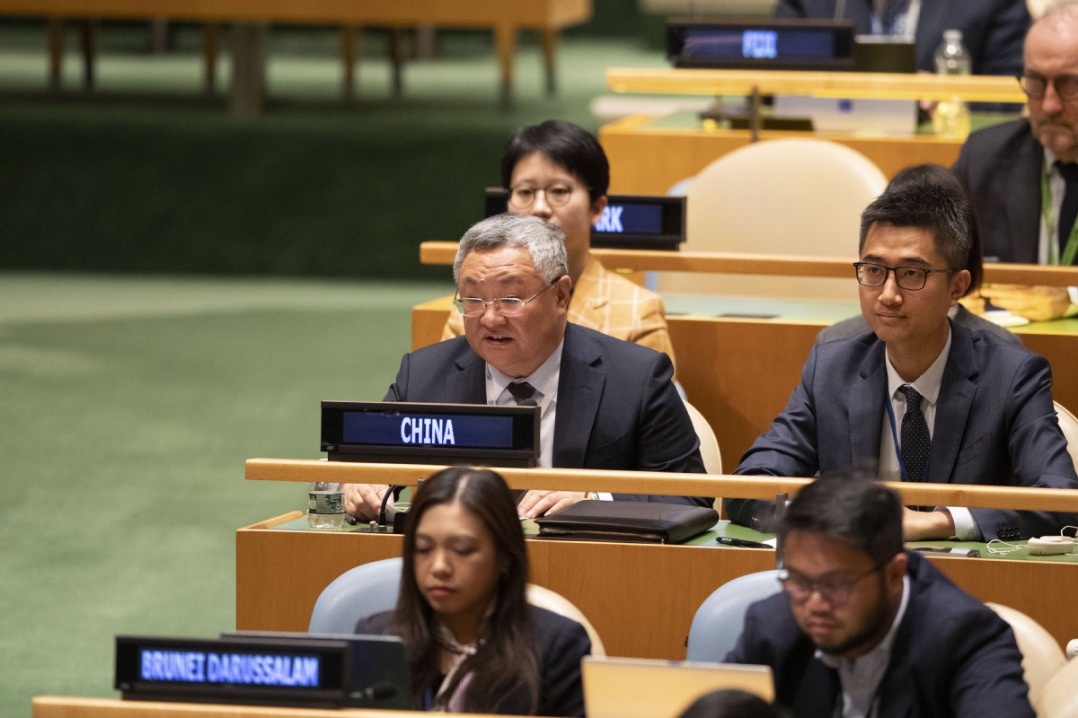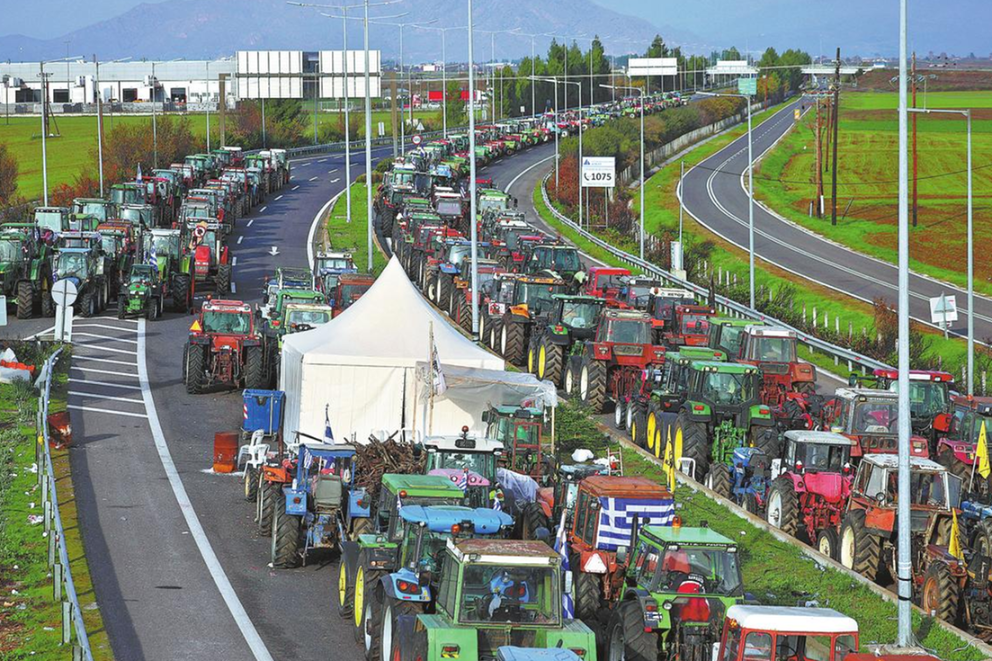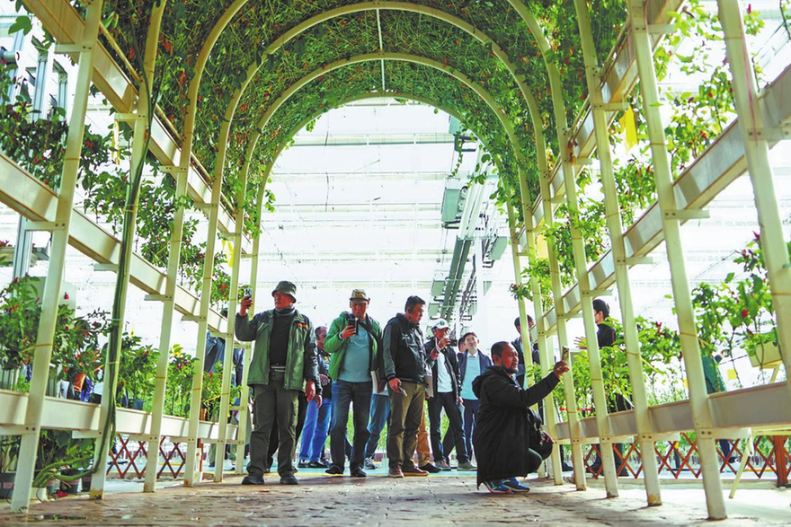Ethiopian tanneries tap Chinese expertise to tackle waste

The major leather industry in Ethiopia has recorded rapid growth with increasing prospects for development, but the environmental sector is also gearing up to tackle the significant challenge posed by byproduct waste management related to the tanneries.
A joint China-Ethiopia research and development facility is set to provide a lasting solution, with its laboratory expected to play an active role in the growth of the industry, according to Zerfie Mersha, director of the environmental technology directorate at the Leather Industry Development Institute.
The lab, which is hosted by the institute, consists of a wastewater treatment plant that aims to provide Ethiopian researchers with the latest technologies in their efforts to find an appropriate solution to wastewater and solid waste management.
The advanced methods include physico-chemical treatments, or using chemicals that modify the physical state of colloidal particles which helps make them more stable and coagulable for further treatment or filtration.
"The technology uses physicochemical treatments only, hence it's easy to operate without biological processes. The costs related to biological treatment and land requirement are therefore avoided. The treated wastewater can also be recycled and reused," Mersha said.
The technology can extract collagen hydrolysate material from tanneries' solid waste involving raw and pelt trimming as well as shaving and buffing dust. These can then be used for preparing protein fillers for leather manufacturing, gelatin, glue, biodegradable film and compost production, she said.
Ongoing research at the joint lab includes the production of gelatin and soap from leather fleshing waste.
If the new wastewater treatment technology is successfully adopted and transferred to the leather manufacturing industries, it will help to treat wastewater at significantly lower cost and reduce environmental pollution caused by tanneries, Mersha said.
"If the solid waste treatment and recycling technology is adopted and implemented on a large scale, it will create job opportunities as well as substitute import items like glue and leather boards," she said.
Since the launch of the joint lab, specialists from the Leather Industry Development Institute and the sector have also received training under the China Leather and Footwear Industrial Research Institute, with more such programs expected.
Mishamo Wakaso, a senior leather technologist at LIDI, said that through the joint laboratory, the efficiency of treatment plants has markedly improved and the soaking capacity of their model tannery has been similarly enhanced.
"We are also using the facility to provide practical training on waste treatment," he said.
Mersha lauded the Chinese assistance for helping to plug the technology and funding gaps facing researchers in Africa. The next few stages will involve Ethiopia-China research and development in top-grade leather production, she said.
According to the United Nations Conference on Trade and Development, the lack of modern technology has resulted in the low quality and quantity of finished leather products in Ethiopia, which also affects the competitiveness of the sector in the global market.
The Ethiopian leather sector comprises three subsectors: the production of finished leather from raw hides and skins involving the tanneries, the production of leather footwear, and the production of other leather goods such as garments, bags, gloves, belts and accessories.
Ethiopia remains committed to realizing the massive potential of its leather industry, Mersha said.
The country possesses one of the world's largest livestock numbers, with more than 54 million cattle, ranking top in Africa and sixth globally, according to the LIDI.
































